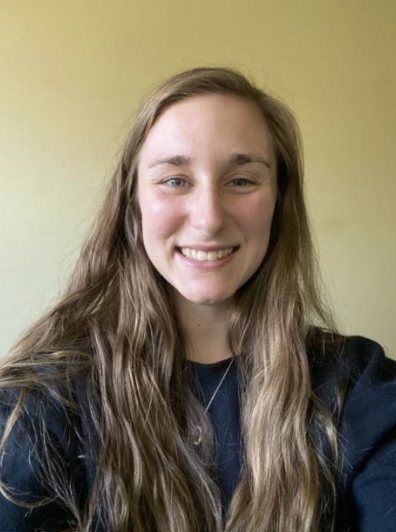Presentation ID #09: Click here to view presentation.
Abstract: Nicaragua is the second poorest country in Latin America. Many Nicaraguan citizens do not have access to healthcare, which results in higher mortality rates and a higher percentage of preventable chronic health issues. The purpose of the literature review is to earn a greater understanding of the different healthcare sectors in Nicaragua, access and barriers to care, and the amount of healthcare spending. Access to care in Nicaragua is greatly affected by poverty, income, location, and costs. In most cases, citizens in Nicaragua seek informal care or no care due to long distances or lack of insurance. There are two main healthcare sectors in Nicaragua. The public healthcare sector is known as The Ministry of Health (MINSA), and the private healthcare sector is The Institute of Social Security (INSS). The amount and type of services offered differ between each sector. Most healthcare spending in Nicaragua is geared towards medication and managing chronic health conditions, including hypertension, arthritis, diabetes, asthma, and gastrointestinal issues.
Keywords: Nicaragua, healthcare, access to care, barriers to care, costs, illnesses

My name is Taylor Thompson and I am a senior nursing student at Pfeiffer University. I currently work as a CNA at a senior assisted living facility near my home. I have been working as a CNA for three years. After graduating nursing school, I would like to work in an adult ICU or in the OR. I plan on returning to school to earn my master’s degree as a Nurse Practitioner or a Certified Registered Nurse Anesthetists.
